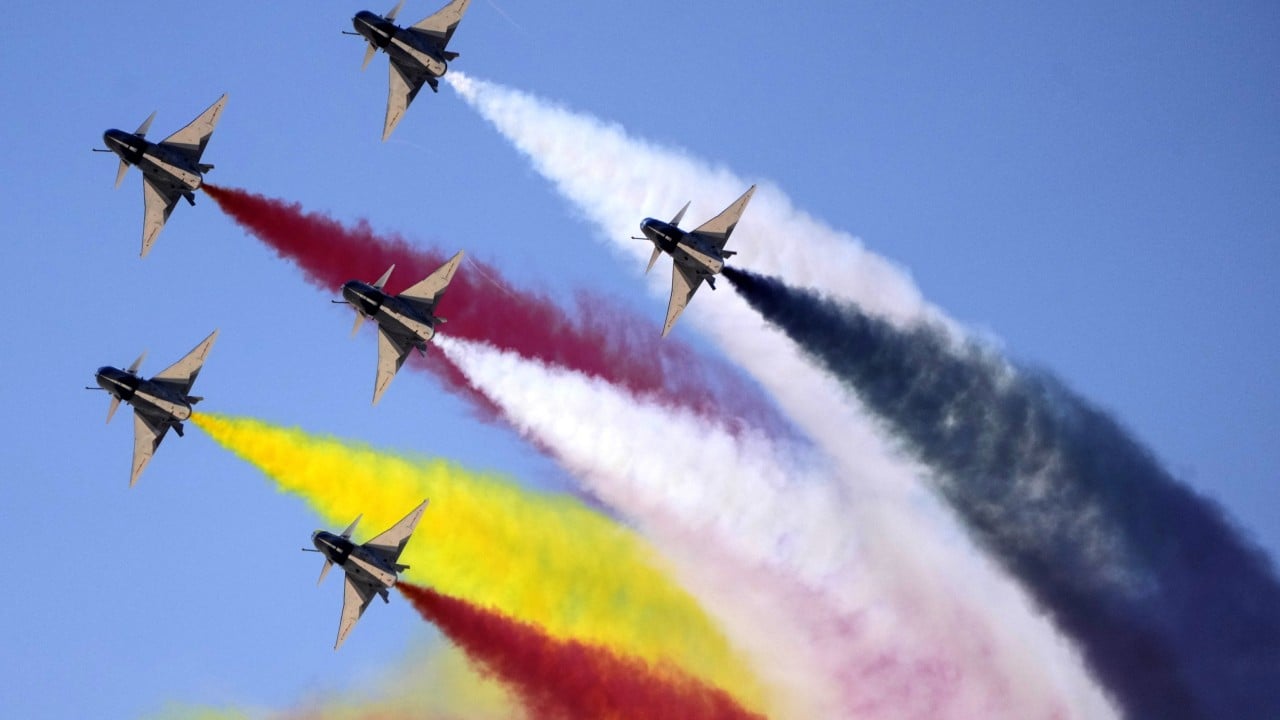Not long ago, Chinese fighter jets were dismissed as reverse-engineered relics of Soviet design. They appeared modern but lacked combat pedigree. Analysts questioned whether the People’s Liberation Army Air Force could match Western air forces in capability, resilience or technological sophistication.
Advertisement
That scepticism appears to be fading. Recent developments show Chinese air power is not only advancing but maturing. With its fifth-generation stealth fighters and sixth-generation designs, China is shifting from imitation to innovation and from regional ambition to global competition. A dragon has at last entered the skies, and its ascent deserves close strategic attention.
For many years, China’s military aviation progressed without direct operational validation. No matter how many aircraft China built or exported, none had been tested in a high-stakes battle.
That changed when the Pakistan Air Force reportedly deployed the Chinese-made J-10C during an aerial clash with India last week. As confirmed by US officials speaking anonymously, the J-10C fighter jets, equipped with Chinese PL-15 missiles, shot down at least two Indian jets, including one French-made Rafale.
The success of the J-10C, featuring an advanced radar system called an active electronically scanned array (AESA), is the first in combat for Chinese aircraft using domestic systems. It represents a breakthrough moment, as Chinese air power turns theory into practice.
Advertisement
The performance of the J-10C revealed more than technological maturity. It demonstrated a doctrinal shift. China has embraced ecosystem-centric warfare. This approach prioritises information dominance, situational awareness and the coordination of multiple assets. It is an evolution that mirrors strategies pioneered by the United States but is tailored to Chinese strengths in mass production and systems integration.

